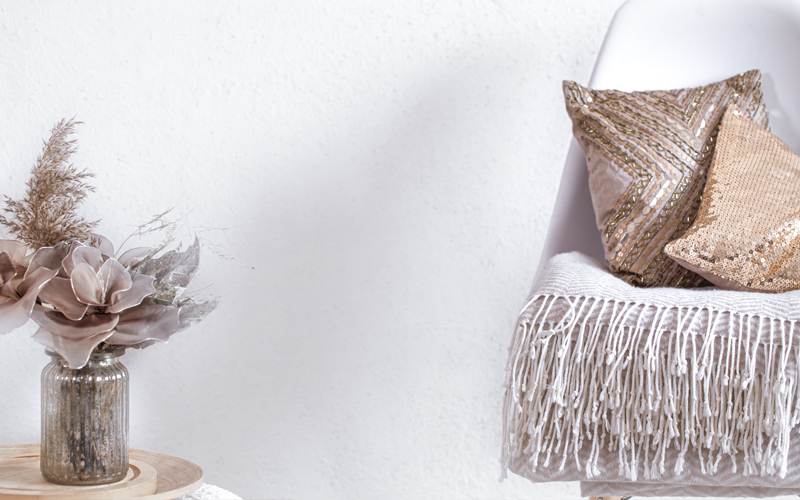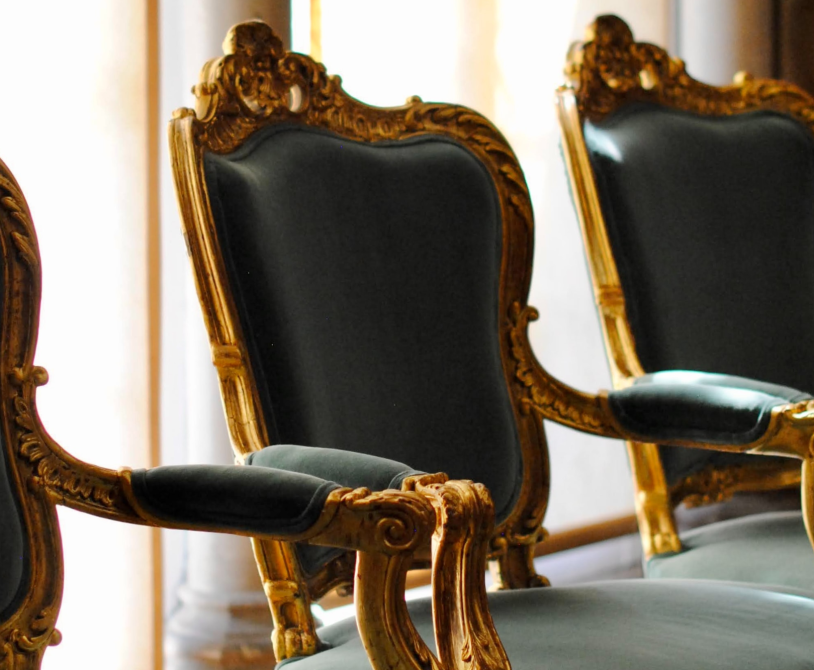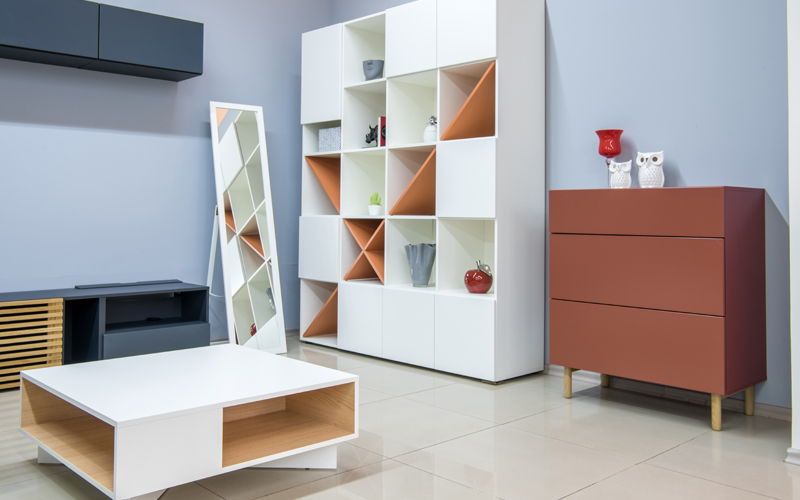If you’re thinking of buying home décor, any piece of art or furniture, and you’ve done some research online: I’m sure you will have noted that there’s plenty of conflicting information out there. Some sites will tell you not to buy certain things because they’re a lousy investment. Others will say they’re a good investment. You’ll find yourself not knowing what’s true and what’s not.
But is it as complex as it sounds? No, not at all! To help with this issue today, we’re going to explore which types of home décor pieces are worth investing in now and which aren’t, why those decisions were made and the risks involved with every kind of product (so if you do want to invest in them, you’ll know what risks you’re taking).
If you ever wondered how buying home décor works, there’s no need to wonder anymore; because now we can answer that exact question. But here’s how it goes: There are several factors involved with the price of a piece of home décor (for example, size and brand), and they all contribute to making up your final payment. However, before deciding on the final price, the seller considers one crucial factor:
The Return On Investment (Or ROI).
This means that before a buyer buys anything, he will consider how much money can be made if he sells it. This way of thinking is entirely logical, and I share your concern when you think, “Why should I bother about what someone else wants to make from my things? After all, it’s my home décor”.
Well, there are two reasons why it makes sense to be concerned with this question: First of all, because many buyers know what they’re doing, and they might have calculated their ROI correctly. In that case, even though you weren’t planning on selling your item right away or at all, you will be forced to sell it in order not to lose money. And this brings us to the second reason: If you’re thinking about reselling your home décor items whenever you need a little extra cash, then ROI is important for you too. It means that when you do want to sell, there’s a very high chance someone will value your product so much they’ll be willing to pay more than what you initially paid for it. Having said all that, let’s see how we can answer the question “How much does it cost?” using real life numbers.
A Random ROI Research
My sofa costs 1,000 dollars. It’s red, has no pattern and it is made of leather. So what are the factors that go into making the final price? Well. let’s see: (Note: All these calculations will be done by a real estate agent, not me.)
To make up the price of this particular sofa, I had to add the following factors:
- Its size (3 seaters)
- The type of leather used on it (genuine full grain leather is always better than split or top grain leather)
- The brand of the sofa itself. In this case, a well known brand would also increase the price (for example, if I bought an Umberto reclining sofa instead of this one, its cost would also be more)
- The delivery cost (this particular sofa was bought online, so it had to be delivered). The further the furniture has to travel, the higher the fee.




